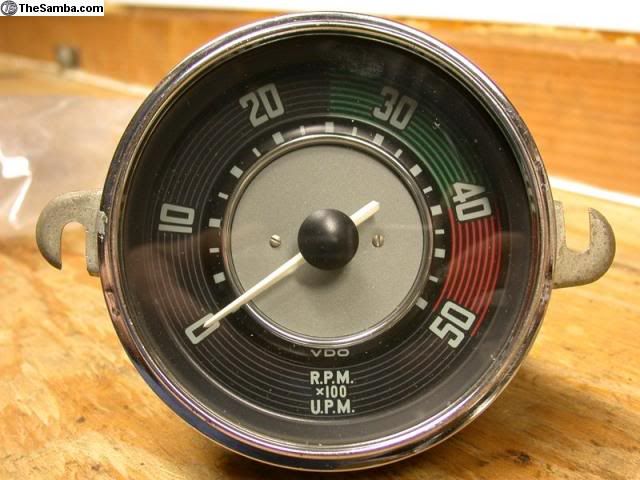I'm going to challenge that statement (in a friendly way mind you). For the sake of this, I'm going to leave the engine width issue out.IMO 5.7" is a non-starter for all but sustained high-RPM race engines where the width of the package isn't an issue.
A 5.7" rod on a 74mm crank works out to pretty much the exact rod ratio of a stock-rod VW Type I: almost 2:1. A stock stroke/rod engine is a far more dynamic package than for just a high-speed engine.
I agree that we probably make a bit too much out of rod ratio, but the Type I's performance record is a hell of an endorsement for that rod ratio. It offers better detonation resistance, increases piston dwell time at TDC for a more thorough burn, and makes better use of smaller ports, and we all know that smaller ports are very good at building velocity. Yes, technically the longer rod moves the power band up, but it's not as big of a jump as people think and the torque increase across the rest of the range really helps. And in a VW's case, the detonation resistance of a greater rod ratio is certainly welcome.
A lesser rod ratio on the other hand has the net effect of raising the effective and dynamic compression ratio. The simplest way to deal with the greater effective and dynamic CR is to lower the static CR, and just about every way reduces an engine's efficiency. There are several ways to reduce static CR: increase the deck, which reduces quench properties and makes the cylinder more detonation prone; increase the chamber volume, which increases the surface:volume ratio, which theoretically increases fuel consumption. Since it takes longer for the flame front to traverse a larger chamber, large-chamber engines require more advanced ignition timing, which essentially makes the engine fight itself on the late power stroke and early combustion incident. Of course you could have a custom piston made with a properly designed dish that doesn't diminish the chamber's efficiency; however, now we're talking fairly big bucks for probably no mileage gain, which is the point of this bench race (and potentially an engine).
Or you could just preserve the already-good rod ratio and make the rest of the engine very super-duper efficient. And a 5.7 rod on a 74 stroke is a pretty good way to do that.
I know there was a guy in this industry who had nothing good to say about higher rod ratios even though stock engines had them. The irony is that he had nothing but praise for stock stroke/rod TI engines, which had said high rod ratios. My experience is that the ACVW industry is the only one who doesn't go out of its way to optimize rod ratio.
I'm not looking for a fight; I just want to hear other perspectives on this.
